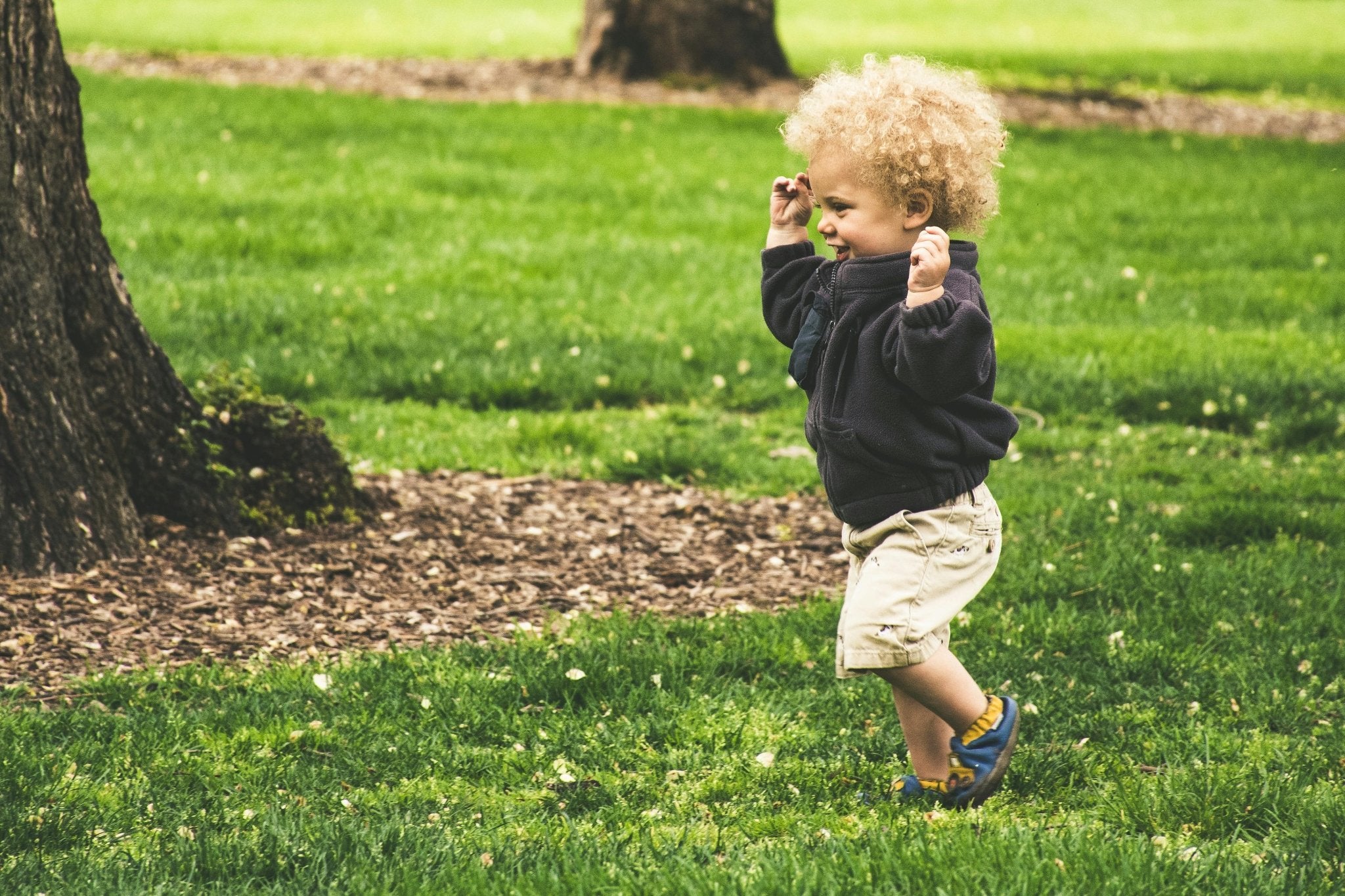
How to Get Your Newborn to Sleep Through the Night: 5 Scientific Methods for Exhausted Parents
Introduction: The Night That Never Ends (and How to Survive It)
Your mind is foggy, your eyelids are burning, and the only sound you hear is the desperate cry of your newborn. It's 3:47 in the morning, and this is the fourth time you've woken up. You ask yourself: “Why did no one warn me that sleep deprivation is a form of torture?”
You are not alone. According to a study by Journal of Sleep Research , 78% of parents of newborns report sleeping less than 4 hours a night in the first 6 months . Sleep deprivation isn't just physically debilitating: it alters mood, reduces decision-making ability, and in extreme cases, can lead to postpartum depression.
But there is hope. In this article, we will explore 5 Scientific Methods Validated by Pediatricians and Neuroscientists to regulate your baby's sleep. We do not promise miracles, but concrete strategies to transform nightmare nights into a regenerating rest.
Why Don't Babies Sleep? The Science of Infant Sleep
Before we dive into the solutions, it is essential to understand Why Newborns have chaotic sleep cycles.
1. The developing brain
Dr. James McKenna, an anthropologist at the University of Notre Dame and an expert on infant sleep, explains: “Newborns do not have a mature circadian rhythm. The production of melatonin, the sleep hormone, begins only after 3-4 months. Before then, they sleep in 2-3 hour cycles, indifferent to day and night.”
2. A primal instinct
Frequent awakenings are a survival mechanism. As evolutionary psychologist Darcia Narvaez points out: “Newborns wake up because they are hungry, but also to check the proximity of their caregiver. It is a remnant of our past as mammals vulnerable to predators.”
3. The impact of the environment
Artificial lights, household noises and non-optimal temperatures confuse the biological signals of the child. A study by National Center for Biotechnology Information proves that Newborns exposed to bright light after sunset take 30% longer to develop regular rhythms .

Method 1: The “Drowsy but Awake” Strategy (0-4 Months)
Why It Works: Training Self-Soothing
The concept, popularized by pediatrician Harvey Karp, is based on a simple principle: get your baby used to falling asleep without being rocked or breastfed .
How to apply:
-
Recognize the signs of tiredness : rubbing your eyes, yawning, irritability.
-
Create a pre-sleep ritual : a warm bath (37°C, the temperature of the amniotic fluid) followed by a lullaby at a very low volume.
-
Place him in the crib when he is sleepy but conscious . If he cries, wait 2-3 minutes before intervening, gradually increasing the time.
Science to support : A study by Journal of Pediatrics found that children accustomed to this method They sleep an average of 1.5 hours more per night after 2 weeks .
Method 2: The Importance of “Safe Co-Sleeping” (0-6 Months)
The Contact Paradox: Close but Autonomous
Co-sleeping is controversial, but if done safely (sidecar cot, no pillows or heavy blankets) it can reduce awakenings.
Dr Helen Ball, Director of the Durham Infancy & Sleep Centre , explains: “Physical contact regulates the newborn’s body temperature and breathing. Babies who sleep close to their mothers have 40% lower peaks of cortisol (stress hormone).”
Caution : Follow the AAP (American Academy of Pediatrics) guidelines to avoid the risk of SIDS:
-
Firm mattress, supine position.
-
No stuffed animals or bumpers in the crib.

Method 3: “Biological” Lighting to Recalibrate Your Internal Clock (2-8 Months)
Warm Lights vs. Cool Lights: The Secret of Melatonin
After sunset, expose your child to amber lights (under 3000K) and eliminate blue screens.
Why it's crucial : Blue light inhibits melatonin. A study by Rensselaer Polytechnic Institute show that 30 minutes of screen exposure before bed reduces melatonin production by 50% in children .
Practical advice :
-
From 6pm, use lamps with a red/amber filter.
-
Install blackout curtains to simulate natural darkness.
Method 4: The Conscious “Feed-to-Sleep” Rule (0-3 Months)
Avoiding Sleep-Meal Association
Breastfeeding or bottle-feeding until sleep creates a dependency that is difficult to eliminate.
Solution :
-
Finish feeding 20 minutes before bedtime .
-
Introduce a “transitional object” (an organic cotton blanket) during evening feedings, to be gradually associated with sleep.
Data : According to the Sleep Foundation , 68% of children do not associate eating with sleep They sleep 2 more consecutive hours at 4 months .
Method 5: Gradual Adaptation (“Fading”) for Anxious Children (4-8 Months)
Reducing Parental Presence Without Trauma
If your baby depends on your presence to fall asleep, fading is a gentle alternative to “cry-it-out.”
Phases :
-
Sit next to the crib until he falls asleep (3-4 nights).
-
Move halfway across the room, reading a book quietly (3 more nights).
-
Stay out of the room, returning at predictable intervals to reassure him.
Applied Psychology : As child therapist Alexandra Davenport explains: “Fading teaches your baby that you are available, but that sleep is an autonomous activity. It reduces separation anxiety.”
Success Stories: “We Finally Get 6 Hours of Sleep”
Testimony of Laura, mother of Ginevra (5 months) :
“After 12 weeks of hell, I tried the biological lighting method and fading. The first night, Ginevra cried for 20 minutes. The third night, she fell asleep on her own. Now she only wakes up once for a feed. I feel reborn.”
Common Mistakes to Avoid (According to Experts)
-
Skipping bedtime rituals : Consistency is everything.
-
React to the slightest noise : Not all moans require intervention. Wait 2-3 minutes before entering the room.
-
Confusing hunger with other needs : Sometimes the baby wakes up due to discomfort (too hot, dirty diaper).
Frequently Asked Questions
Q: “What if no method works?”
A: Consult a pediatrician to rule out reflux, allergies or other disorders. 10% of cases require medical support.
Q: “Is it normal for a newborn to snore?”
A: Light snoring may be normal, but loud snoring or sleep apnea should be investigated.
Conclusion: Sleep is a Journey, not a Destination
There is no universal magic formula. Every child is unique, and some methods require adjustments. The goal is not perfection, but progress.
Remember: today's tiredness is temporary. With patience and validated strategies, you will return to looking at the night sky not as an obsession with the time, but as an accomplice to moments of peace.




Comment
This site is protected by hCaptcha and the hCaptcha Privacy Policy and Terms of Service apply.